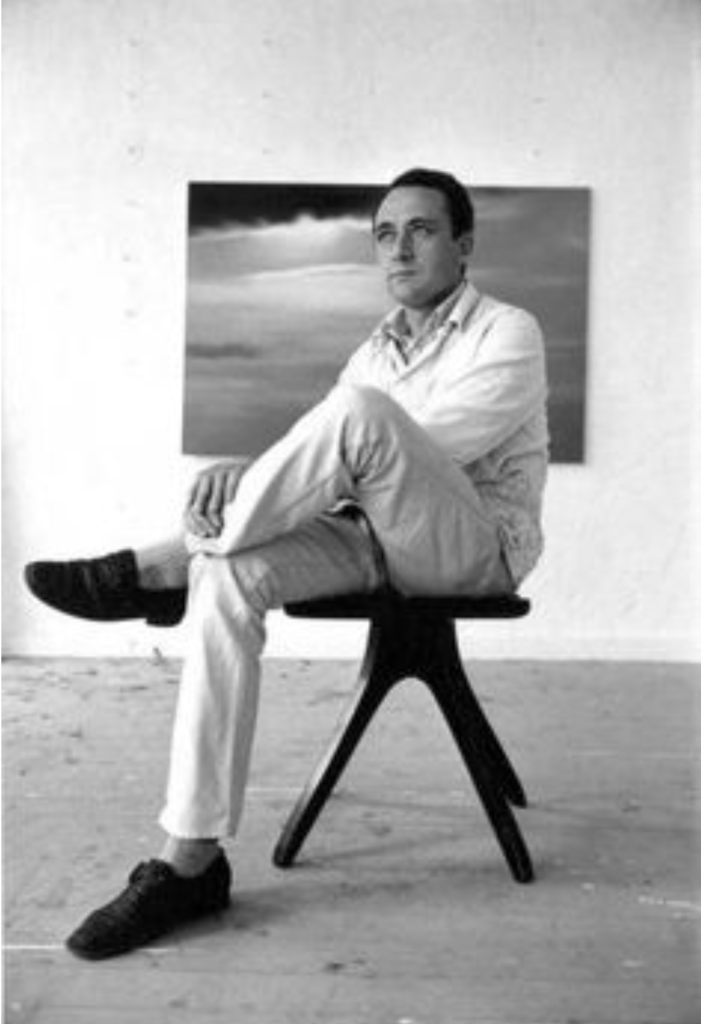
Introduction
German visual artist Gerhard Richter was born on February 9th, 1932. Richter has created paintings that are both abstract and photorealistic, as well as photos and glass objects. He is regarded as one of the most significant German artists working today, and several of his pieces have achieved auction-record prices.
Early Life
Gerhard Richter was born in the Hospital Dresden-Neustadt in Dresden, Saxony, and was raised in Waltersdorf (Zittauer Gebirge), in the Upper Lusatian countryside, and Reichenau (now Bogatynia, Poland). His mother, Hildegard Schönfelder, gave birth to him at the age of 25 and was once regarded as a talented pianist. Horst Richter, Gerhard’s father, studied physics and mathematics at Dresden’s Technische Hochschule and the two were married in 1931.
After the new National Socialist education system was introduced, they struggled to maintain a position in it, Horst found a position in Reichenau. Gerhard’s younger sister, Gisela, was born there in 1936. Horst and Hildegard were able to remain apolitical due to Reichenau’s location in the countryside, despite Horst being forced to join the National Socialist Party. He never became an avid supporter of Nazism, and was not required to attend party rallies. Gerhard was drafted into the Deutsches Jungvolk, but at the end of the war he was too young to be an official member. Hildegard moved the family to Waltersdorf and was forced to sell her piano. A sister was starved to death as part of the Nazi euthanasia programme, and two brothers and a sister died in the war.
Education
Richter left school after 10th grade and apprenticed as an advertising and stage-set painter, before studying at the Dresden Academy of Fine Arts. He graduated from Zittau’s vocational high school in 1948, and between 1949 and 1951, he worked as a painter’s apprentice and a sign painter. In 1950, the Dresden Academy of Fine Arts rejected his application because it was “too bourgeois.” He finally started studying there in 1951. His teachers there were Karl von Appen, Heinz Lohmar and Will Grohmann.
Early Career
He created wall paintings and a mural as part of his B.A. at the Academy of Arts. His mural, Lebensfreude (Joy of life), was intended to create an effect similar to wallpaper or tapestry.
Richard Richter was a master trainee at the Kunstakademie Düsseldorf from 1957 to 1961. He worked on murals, oil paintings, self-portraits, and a panorama of Dresden. Prior to the 1961 construction of the Berlin Wall, he and his wife fled to West Germany. His wall artwork in the Hygiene Museum and Academy of Arts was painted over for ideological grounds. He was introduced to Kapitalistischer Realismus (Capitalistic Realism) and taught at the Hochschule für bildende Künste Hamburg and the Nova Scotia College of Art and Design. He relocated to Cologne in 1983 and still resides and works there now.
His Art
Photo paintings
Richter painted portraits of artists, dealers, collectors, and others in his close professional network. His two pictures of Isa Genzken and Betty, his daughter, were created in 1977 and 1988, respectively. Sabine Moritz, who Richter married in 1995, is portrayed by Lesende (1994). In his realistic paintings, he depicts both victims and family members of the Nazi party, reflecting on the history of the movement. Gilbert & George hired Richter to create a picture of them in 1975.
Richter started making prints in 1965, and between 1965 and 1974, he produced more than 100. He experimented with several photographic printmaking techniques in pursuit of low-cost materials that would give his work a “non-art” aspect. In 1974, he quit working in print media and started painting from images that he had taken.
After returning from his first trip to Corsica in 1968, Richard Richter started his own series of landscape paintings. Since then, landscapes have become a distinct body of work in his body of work and are understood in the perspective of German Romantic painting. Friedrich is considered the father of German landscape painting, and the picture of Große Teyde-Landschaft (1971) is based on comparable vacation photos of Tenerife’s volcanic regions.

Atlas has grown to contain 315 components since its initial display in 1972 at the Museum voor Hedendaagse Kunst in Utrecht. On 600 different panels, it is made up of 4,000 pictures, replicas, or cut-out portions of photographs and graphics.
Abstract art
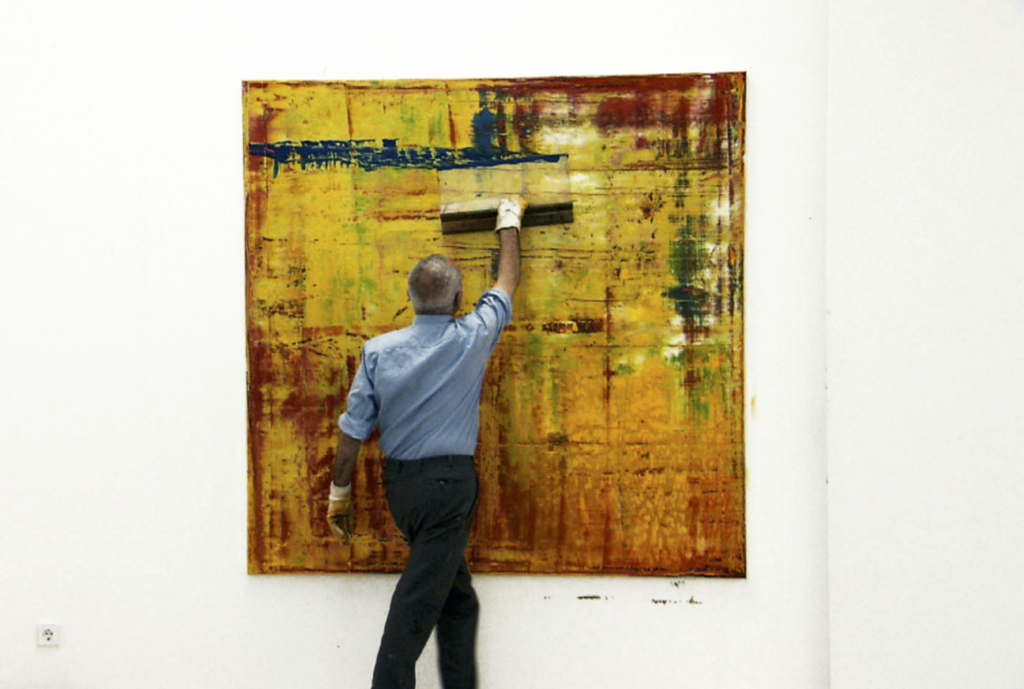
The first of Richter’s series of monochromes in grey that are made entirely of the textures left behind by various painting techniques was created in 1969. He awarded one of his pieces the term Abstract Painting in 1976. Richter begins by painting large swaths of primary colour onto canvas before adding several layers of non-representational painting to create his abstract paintings. He employs the same blurring and scraping techniques as in his realistic paintings to conceal and reveal earlier layers.
Abstract paintings by Richter are composed of a variety of impulsive, reactive motions that include adding, moving, and removing paint. The abstract paintings frequently serve as windows through which we can view the surrounding landscape, despite their artificial colour palettes, void sheets of colour, and clear marks left by the artist’s tools. Illusion and paint are balanced, and Richter elevates impulsive, instinctive mark-making to a level of spatial logic and likelihood.
His Legacy and Influence
Due to his ability to experiment with painting at a time when many predicted its demise, Gerhard Richter is regarded as the best living painter of the 20th century. He has been awarded numerous prestigious awards, including the State Prize of the state North Rhine-Westphalia in 2000, the Wexner Prize, 1998, Praemium Imperiale, Japan, 1997, Golden Lion of the 47th Biennale, Venice, 1997, Wolf Prize in Israel in 1994/5, Goslarer Kaiserring Prize der Stadt Goslar, Mönchehaus-Museum für Moderne Kunst, Goslar, Germany, 1988; Oskar Kokoschka Prize, Vienna, 1985; Arnold Bode Prize, Kassel, 1981; and Junger Western Art Prize, Germany, 1961. In addition to being inducted to the American Philosophical Society in 2012, he was designated an honorary citizen of Cologne in 2007.
He is credited for inspiring writers and musicians including Ellsworth Kelly, Christopher Wool, and Johan Andersson. In 1988, Sonic Youth adopted one of his paintings as the album cover for Daydream Nation. In his short fiction “Baader-Meinhof,” Don DeLillo portrays a 1988 encounter between two strangers at the Museum of Modern Art. Richter was cited as “one of [ favourite artists” by Cotton Coulson. On a scale of the most significant artists in the world put together by Kunstkompass, he has held the top spot for the previous 18 years.

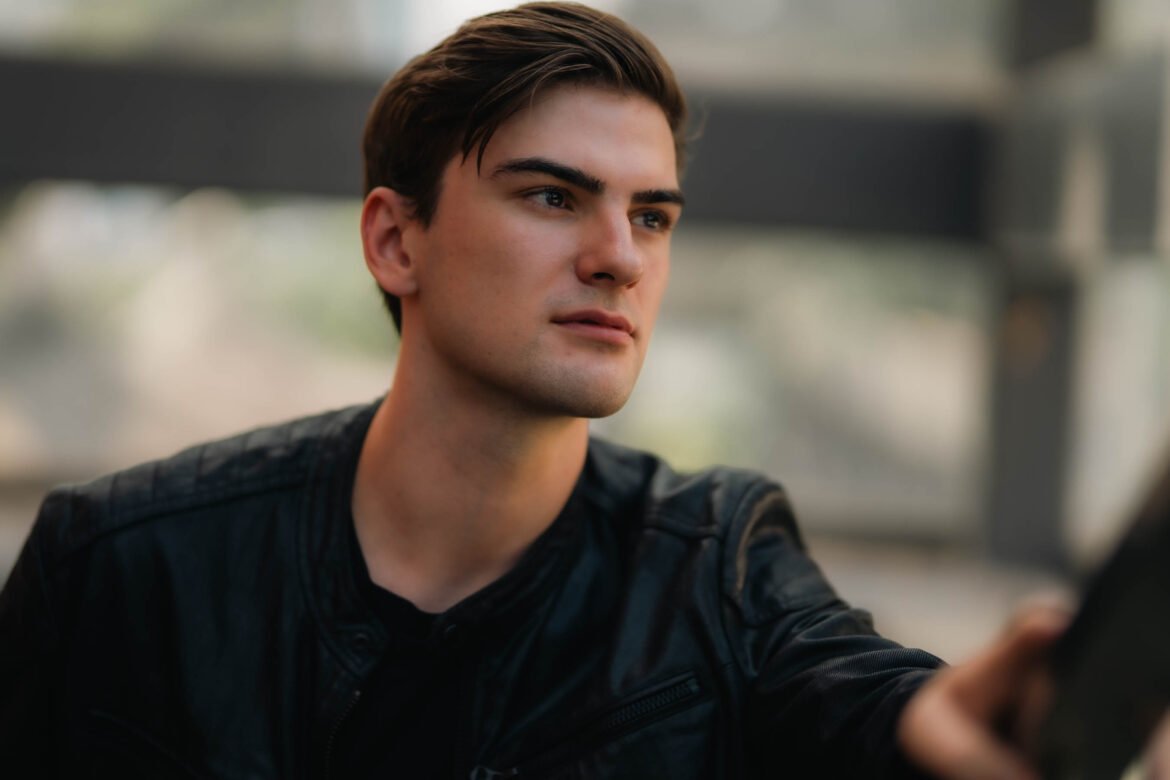
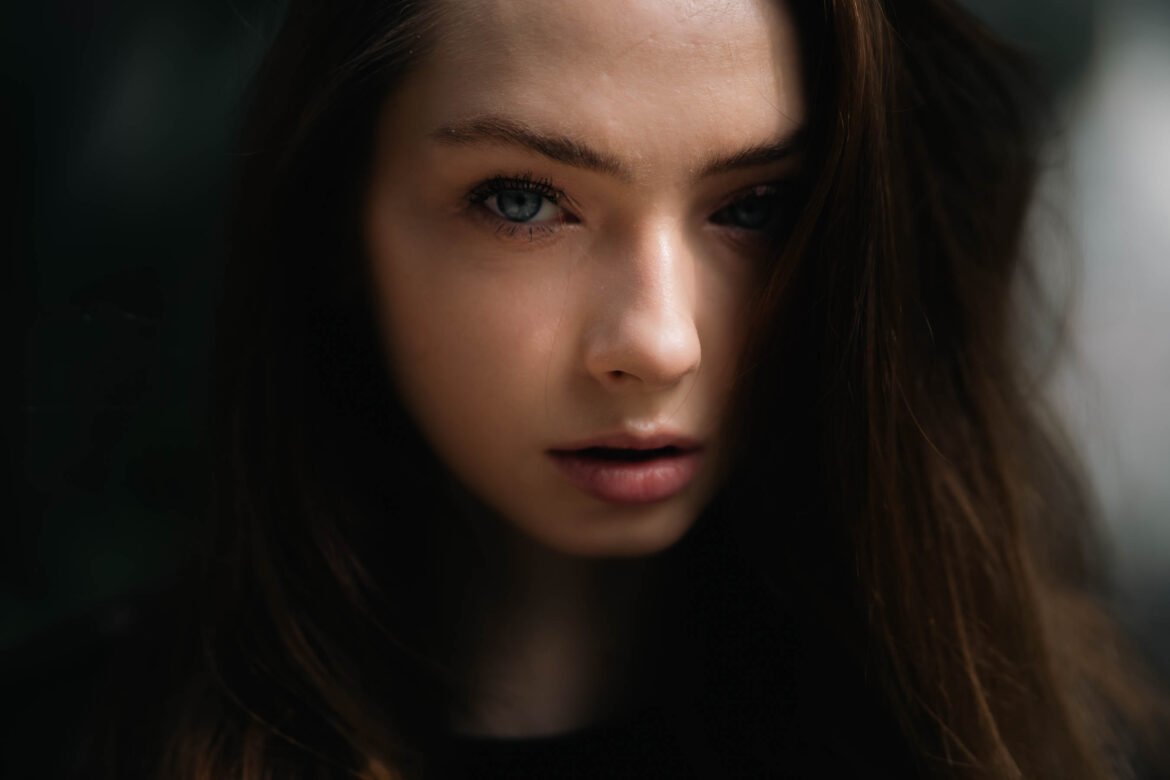
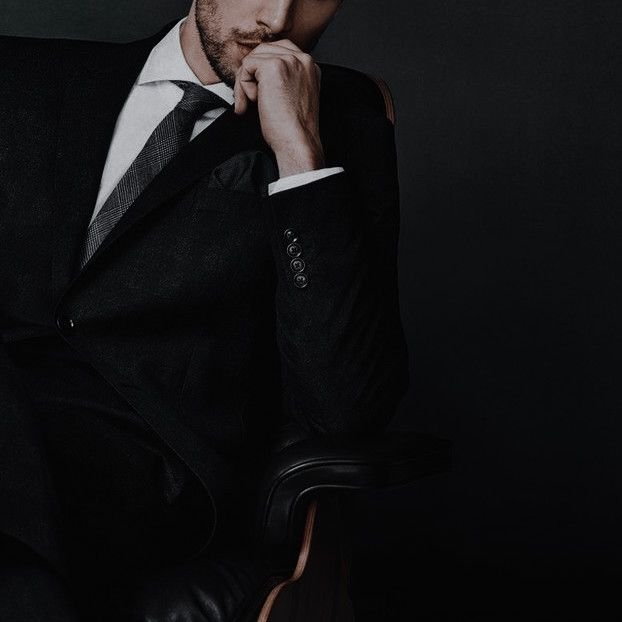
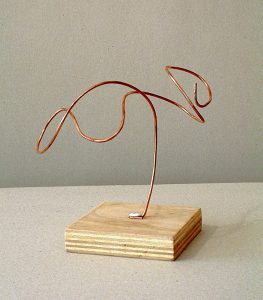

Leave a Reply